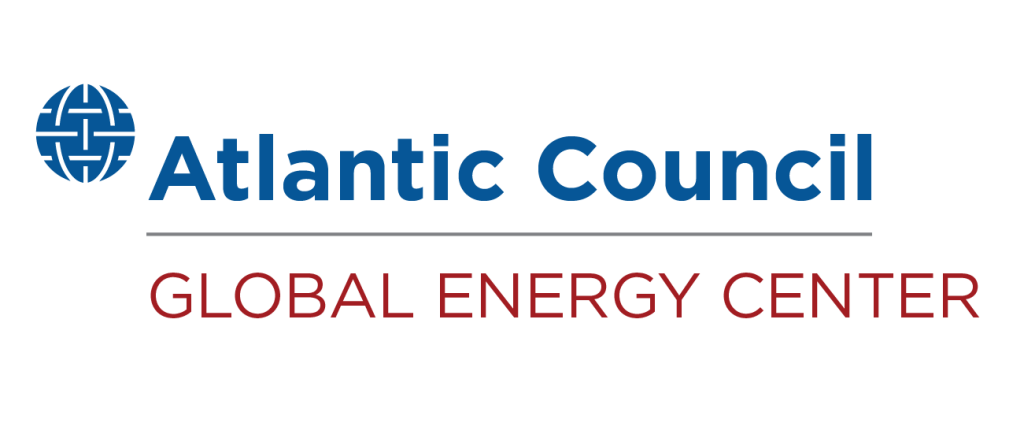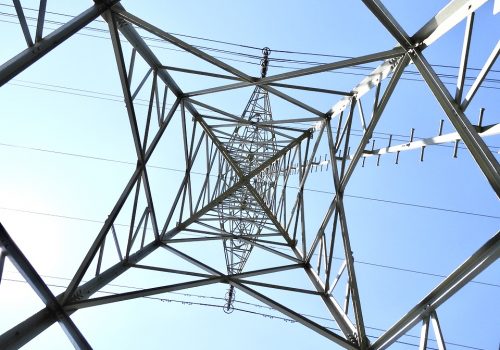In discussions about COVID-19 economic recovery policies, any measures focused on the oil and gas industry are often portrayed as being at odds with a green stimulus. Certainly, some proposals for bailouts of oil and gas operators would be detrimental to climate action. However, a green stimulus within the oil and gas industry is not necessarily a contradiction in terms. Targeted public sector investments in oil and gas activities—especially in the areas of reducing methane emissions, improving energy efficiency, and deploying carbon capture—can curb greenhouse gas emissions significantly and at relatively low costs while maximizing broader near-term economic benefits.
Oil and gas operations produce a substantial amount of greenhouse gas emissions, even though a notable portion of these emissions are inexpensive to mitigate. In studies of emissions reductions measures across companies, Boston Consulting Group (BCG) and others have found that up to one third of oil and gas industry emissions can be eliminated today at a relatively low cost, below $50 per metric ton of CO2 equivalent. Typically, up to 20 percent of energy sector emissions can be attributed to oil and gas operations (scope 1 and 2 emissions) according to benchmarks developed by BCG. According to an internal BCG study, in the United States that would amount to nearly 800 million metric tons of CO2-equivalent emissions that are directly addressable in the oil and gas industry.
The timing is now opportune for investment in those low-cost emissions mitigation measures. With drilling activity down by more than half compared to March numbers and capital investment curtailed as a result of market impacts from COVID-19, unemployment is surging in oil- and gas-producing regions. Much of that impact is felt across the service companies and contractors that are the key drivers of industry employment, since they execute work for the industry. Thus, investment focused on deploying service companies and contractors to reduce greenhouse gas emissions would double as a direct means of targeting unemployment stemming from the industry.
Among the low-cost and large-scale greenhouse gas abatement opportunities in oil and gas, investments in three key areas are likely to achieve the greatest economic impact through maximizing near-term employment: reducing methane emissions; promoting energy efficiency; and accelerating the deployment of carbon capture, use, and storage technology.
Reducing methane emissions
Multiple opportunities are available to quickly reduce methane emissions across the US oil and gas supply chain. Investments in plugging orphaned wells and scaling up leak detection and repair efforts are two areas where service companies and industry employees can be quickly redeployed to achieve immediate emissions reductions benefits. Additionally, the development of public-private partnerships to deploy new technologies and methods for detecting methane emissions can help to spur a broader market for methane emissions mitigation. Given the recent emergence of new methane emissions detection technologies and a growth of interest in verifying and reducing emissions intensity, the timing is right to catalyze greater market development for methane detection and mitigation services.
Promoting energy efficiency
While there are ample low-cost opportunities to improve energy efficiency in oil and gas industry operations (particularly in processing and refining), these are often not realized given multiple barriers to implementation. Policy interventions to develop markets for energy efficiency services and to generate incentives for energy efficiency adoption have proven to be effective at overcoming these barriers in industrial applications. Energy efficiency investments have also been demonstrated to provide a high multiplier on employment when implemented as economic stimulus measures. Given advances in the application of digital technologies for energy system management, investments in oil and gas energy efficiency measures also provide an opportunity to accelerate new technology adoption that can secure a competitive advantage for US operators.
Accelerating CCUS deployment
Already a leader in carbon capture, use, and storage (CCUS) deployment, the United States is poised to see a rapid expansion in capacity due to the adoption of a higher 45Q tax credit. Much of this investment is likely to be in applications relevant to the oil and gas industry, including petrochemicals, ethanol production, refining, and natural gas processing. Stimulus measures could help to accelerate the adoption of those projects that are nearly “shovel ready” while also investing in shared or common infrastructure to enable broader CCUS adoption, such as CO2 transmission trunk lines or test wells for CO2 storage. Investment in these measures could enable greater near-term investment while also promoting the long-term sustainability and competitiveness of the US oil and gas industry.
As Congress continues to debate future stimulus measures, lawmakers should not neglect opportunities stemming from the oil and gas industry to reduce emissions while also maximizing broader economic benefits. While the prospect of operator bailouts or oil purchases for the strategic petroleum reserve have attracted much of the attention, relatively small investments focused on methane emissions, energy efficiency, and CCUS can achieve material, near-term climate benefits and reduce unemployment. They can also help to build a more sustainable and resilient US oil and gas industry for the long term.
Alex Dewar is a senior manager at the Boston Consulting Group’s Center for Energy Impact
Learn more about the Global Energy Center

The Global Energy Center develops and promotes pragmatic and nonpartisan policy solutions designed to advance global energy security, enhance economic opportunity, and accelerate pathways to net-zero emissions.
Image: US government Coronavirus stimulus relief in the abstract (Rohane Hamilton/ShutterStock)

